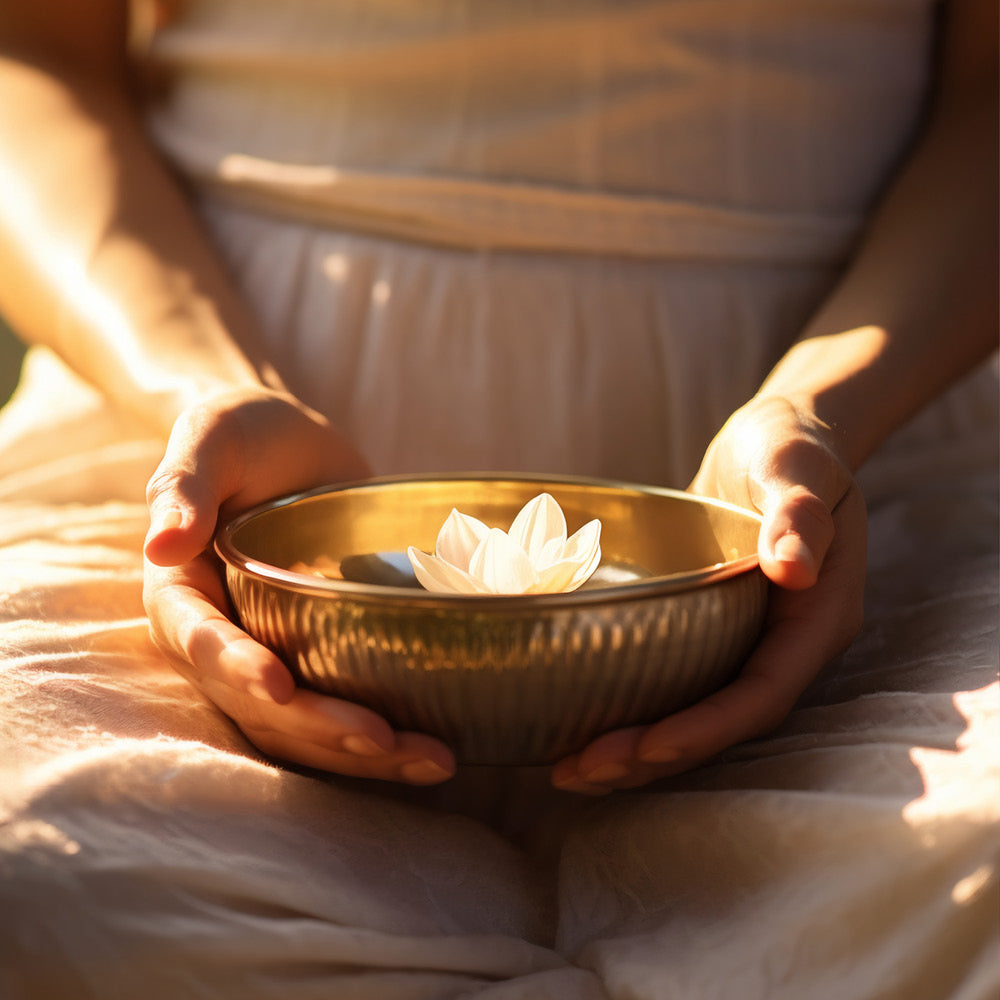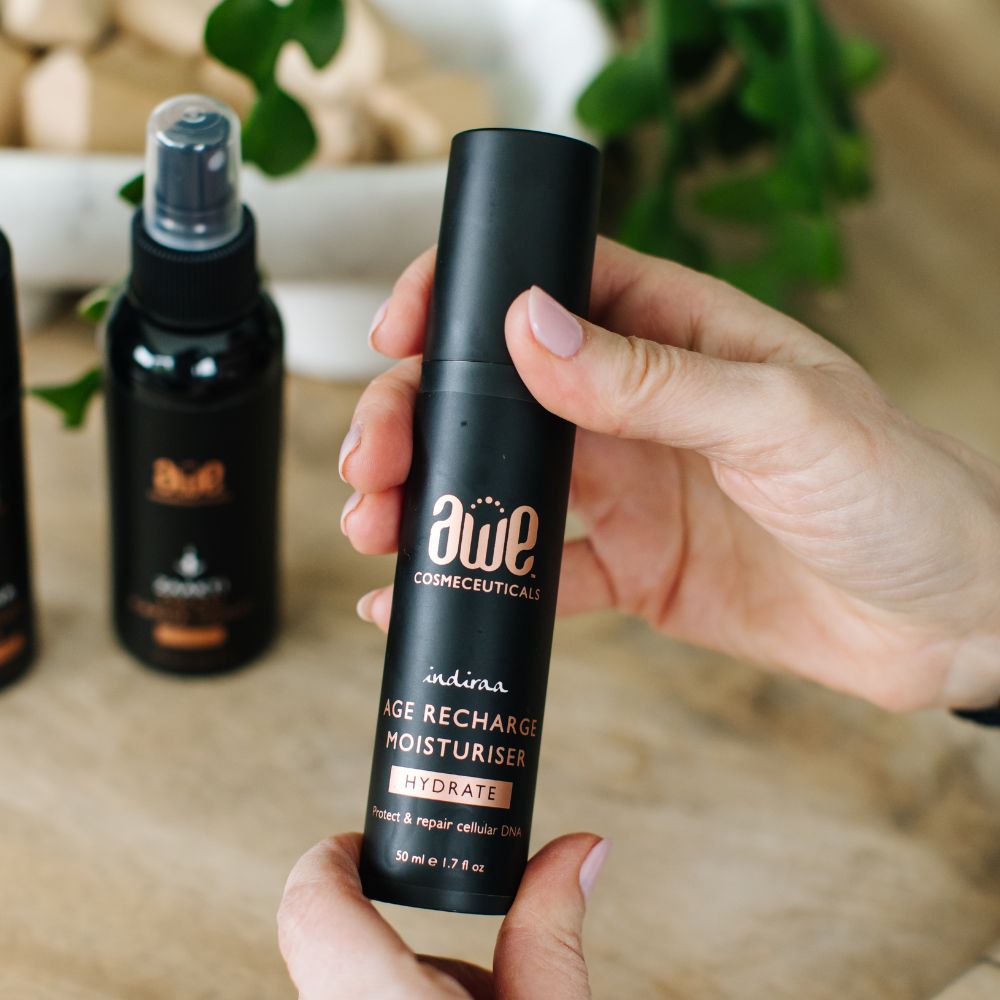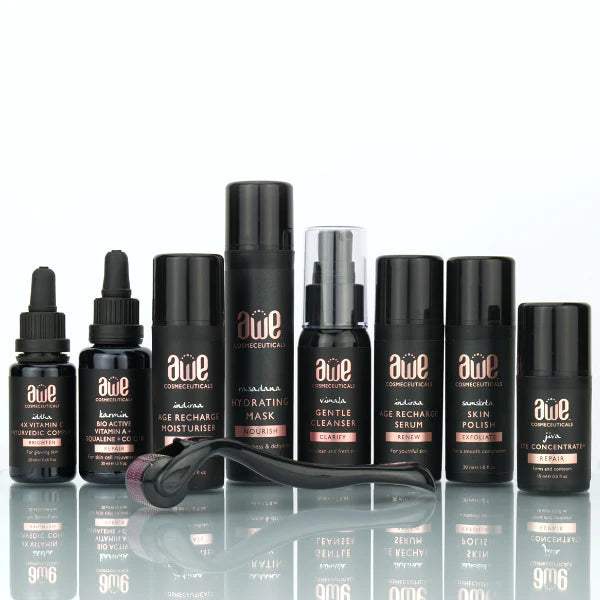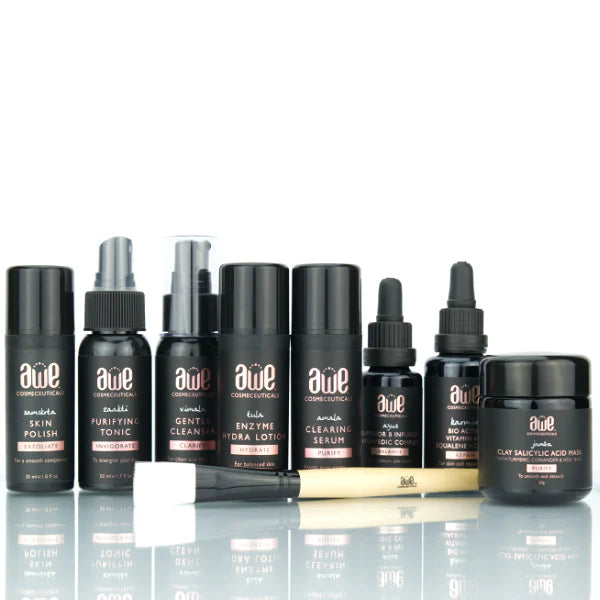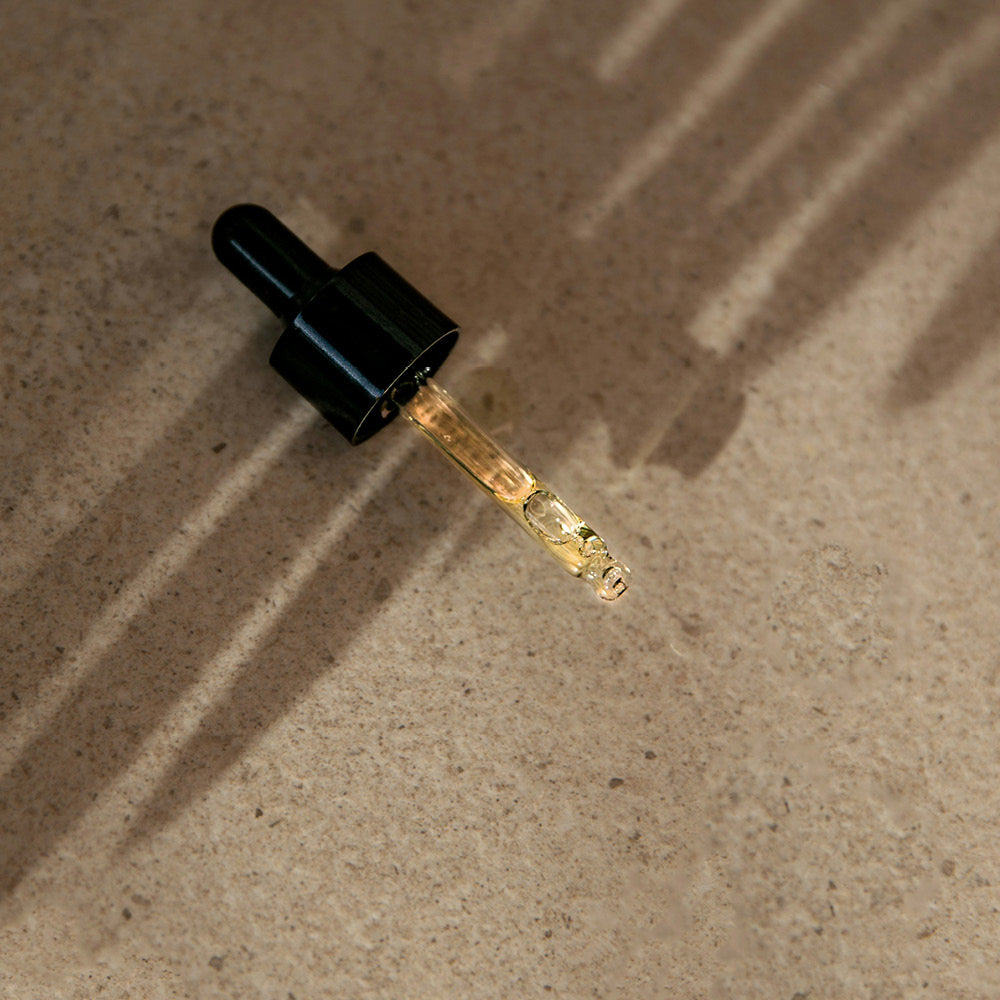

Breath is synonymous to life. It is interesting to observe the relationship between breath and the different Ayurvedic doshas of Vata, Pitta and Kapha in the body. These three Doshas affect certain parts of the body more than the other parts. Let’s take a look…
Vata is centred in the lower part of the body, stomach and gut. Diseases like gastric problems and joint aches can be due to the Vata imbalance. Pitta affects the upper part of the body, being the head. Short temper is a sign of Pitta. And finally, Kapha is centred in the middle of the body. A cough or respiratory issues are mainly a result of Kapha imbalance.
Yoga and breathing techniques can have an effect on all three of these Doshas, bringing balance to the system. Amongst different breathing techniques, there are specific breathing exercises for the lower, middle and the upper parts of the body, which help bring balance to the respective areas.
By bringing these dosha-specific areas into balance by using the ‘right’ breath, we can help release toxins, allowing our system to better align, physically, mentally and emotionally. These stressors can of course be attributed to breakouts, rashes and skin health, so it’s all related!
For all breathing exercises below, ensure you are sitting comfortably cross legged and stable.
Optimal breathing exercise for VATA (affecting gut, digestion).
Cooling breath, also known as Shitali Pranayama, helps cool down the body, cleansing the blood and improving digestion and absorption of food. It lowers the oral temperature and helps in lowering fevers.
- Can you curl your tongue? If so, curl into a longitudinal tube and inhale slowly through this tube. If you can’t quite curl your tongue, simply clench your teeth together, inhaling through your teeth.
- Exhale through the nose keeping your mouth shut. You will feel the incoming air cool the saliva and mouth, throat etc, hence its name as the ‘cooling breath’.
- Repeat 10 times per set, in 3 sets, each lasting approximately 1 minute.
Optimal breathing exercise for PITTA (affecting head)
Alternate nostril breathing, also known as Anuloma-Viloma, this breathing is simple to master and helps calms the nervous system while stimulating the digestive system and appetite. It is a very good exercise against insomnia and recurrent headaches, therefore perfect for Pitta types. It also helps purify blood and pumps the lungs with air.
- Simply breathe through your left nostril whilst gently depressing your right nostril keeping it closed.
- Hold the breath for a few seconds and switch hands to depress the left nostril, exhaling that breath through the right.
- Repeat in the reverse order from right to left. This cycle can be repeated a number of times.
Optimal breathing exercise for KAPHA (affecting respiratory)
Cleansing and detox breathing, also known as Kapalabhati, is used widely in hatha yoga practice, promoting a cycle of deep and slow breathing followed by rapid inhalations and exhalations.
The cleansing breath helps cleanse the lungs, sinuses and the air passages, strengthening the nervous system and the diaphragm. It is very good against common cold, hay fever, asthma – all attacking the respiratory system, so is great for Kaphas.
Another, bonus is that it has a stimulating effect on the functions of the liver, spleen and pancreas hence improving metabolism!
- Commence by breathing normally and naturally for 1 minute.
- Engage your diaphragm by exhaling suddenly and sharply through your nostrils. Focus on the exhalation only, not the inhalation and allow the inhalation to return to the natural and automatic.
- Keep your chest still. Try to use only the diaphragm and not the upper chest area, for optimal benefit.
- Repeat 10-12 times per set, in 3 sets, each lasting approximately 1 minute (beginner).
- Over repeat exercises in the following weeks, you can build the repeat up to 20-30 per round if you so choose.
As always, these exercises are suggestions only and should you feel any discomfort during the exercise, please check with your GP or alternative medical practitioner before proceeding.

